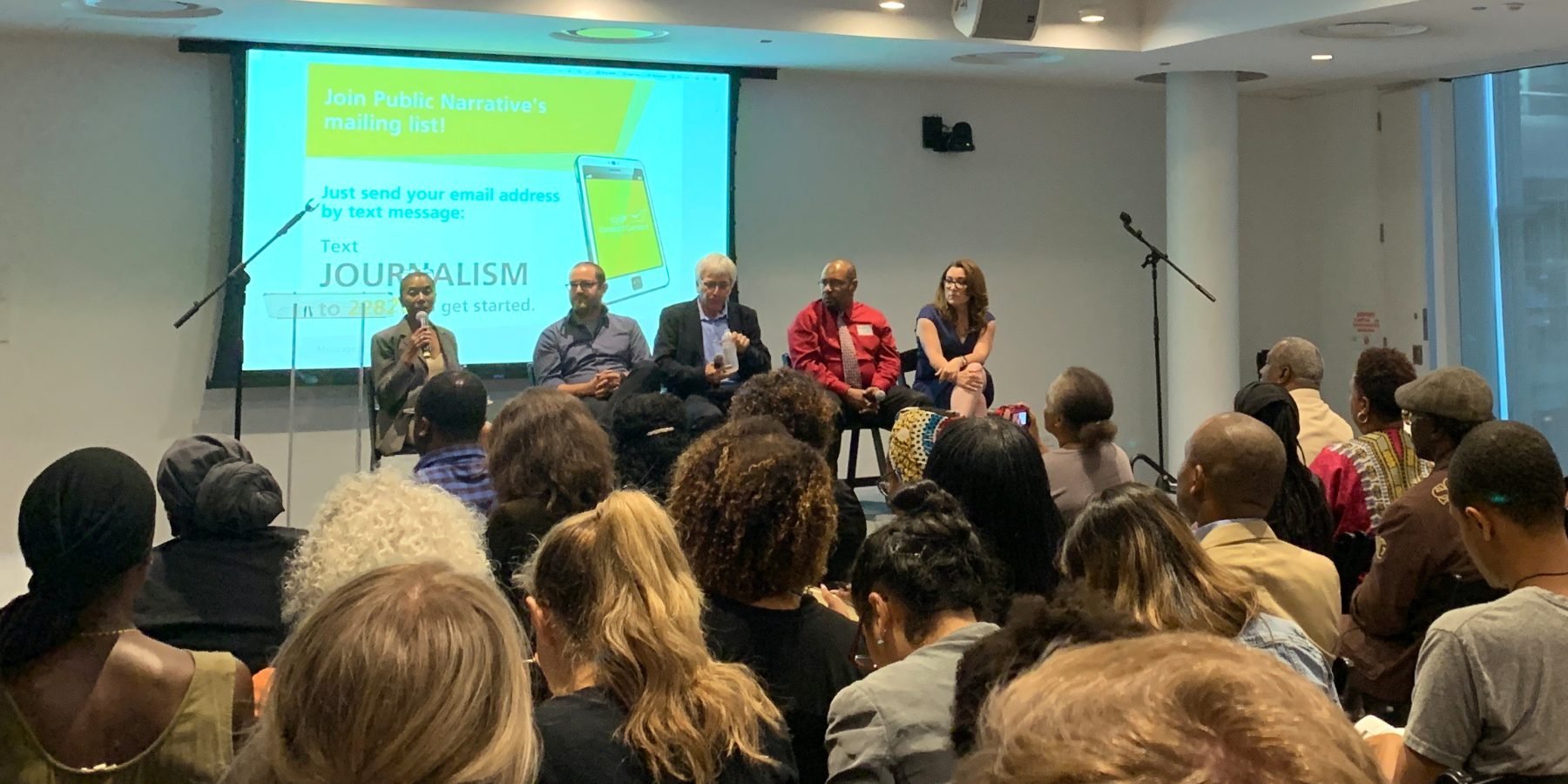There is an urgent need to report openly and clearly about the complexity of racial identity, inequality and racial bias and their deep roots in our culture, history and institutions. When race enters public conversation, however, racialized language used is often dehumanizing and inaccurate. How can we ensure nuanced and deeper story telling in covering race and ethnicity?
Recently, I’ve been revisiting the work of the late icon and Nobel Laureate Toni Morrison. In “A race in mind: The press in deed,” Morrison explored two questions: “Why is race identity important in print and broadcast news at all? And second, if it is necessary, why is it so often obscured and distorted at the very moment it is enunciated?”
Morrison argued that there is serious problem in the way the press functions as mediator between reporting on “the experience of life in the world,” particularly people of color, and “its narrative and visual representation.” Despite best intentions to cover race and ethnicity, reporters and storytellers often oversimplify racial groups and encode racialized language that perpetuates stereotypes, as well as minimize the impact of our system of racialization, “which routinely confers advantage and disadvantage based on skin color and other characteristics.”
Despite the difficulty of covering the complexity of racial inequality, Morrison suggested racially biased representation in media “although historical is not absolute, inevitable or immutable. It has a beginning, a life, a history in scholarship and it can have an end.”
To discuss ways we can bring about this end, Public Narrative hosted a recent panel called Covering Race and Ethnicity: A Practical Guideline to Finding Deeper Stories.
Panelists at the session offered the following recommendations for the use of responsible language and story framing that “reflects ethical and rigorous journalistic standards” and affirms the dignity of people of all races and ethnicities.
Go beyond the surface level
“Take into account racial identification beyond the surface level,” shared Alden Loury from WBEZ Using the South Side of Chicago as an example, Loury urges reporters to explore with specificity and accuracy the demographics of the area. Labels like “black community” can be misnomers and monolith. The community makeup and demographics of the neighborhood in Englewood are different from that of South Shore. One cannot simply write about the black community on the South Side as a singular body, as that can conjure specific images.
Like Loury advocating for context and demographic specificity, Morrison asked readers to go beyond the surface. In dissecting a headlined piece from a New York Times article titled “As Hispanic Presence Grows, so Does Black Anger,” Morrison pointed out the danger in headlines like these. Phrases like “black anger” become “commonly accepted code for poor or working poor or economically marginal.” Morrison asks us to consider “how clear[er] the article would have been if nationality and language had been the mark of difference.”
Focus on structural racism over individuals
Sensational side shows on race and ethnicity proliferate the news. Morrison argued that these over-sensationalized stories, inaccurate representation of “the real world of whites and black,” become widespread “in the interest of sensation and sale.” Rather than using types of racism — personal, relational, structural — to report for deeper storytelling, there is a media captivation with covering “black-on-black crime” or identifying “who is racist?”
Journalist covering race and ethnicity “often get stuck into these types of questions,” shared Loury.
Like the guidelines from The Center for Racial Justice Innovation, he and others advocated investigating “issues from a systemic (‘Is there an institution or a practice at work that has race-based consequences?’) over an individual (‘Is this person a racist?’) perspective.”
Don’t assume; report with humility
If we are to bring an explicit racial lens to multimedia storytelling and report on those impacted by race, we must use a systemic analysis in examining root causes and we must “[not] assume and report with humility and respect,” Fernando Diaz from the Chicago Reporter said.
Diaz encouraged those in attendance to be okay with what you don’t know or your lack of experience on what you are covering. Not knowing encourages meticulous inquiry and new avenues of storytelling. Such not knowing, Teri Arvesu from Univison added, should motivate the “hiring for different perspectives” as a way to check everyone’s biases.
Instead of falling prey to surface-level reporting and sensational news, clarification of difficult issues around race will hopefully move us closer to the late Morrison’s vision of a “participatory democracy. [Language helps] us distinguish between a pseudo-experience and a living one, between an encounter and an engagement, between theme and life. [Language helps] us all try to figure out what it means to be human in the twenty-first century.”






